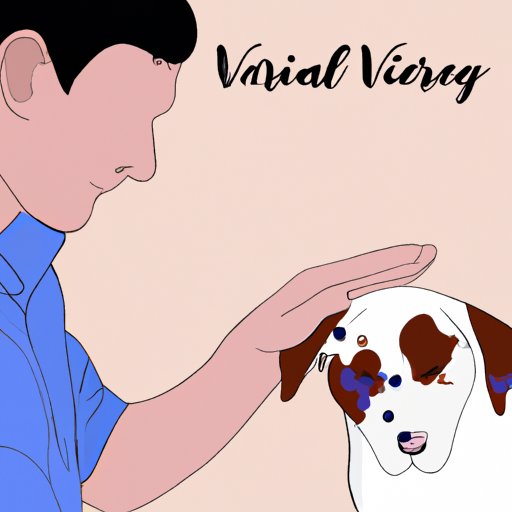As a caregiver, it’s essential to ensure your furry friend is always in top-notch health. A common issue that could distress your pet is a rash on their private area. This could be due to a variety of reasons, from allergies to bacterial infections. In this article, we’ll delve into the steps on how to treat a rash on a dog’s private area to help your furry friend regain their comfort and health.
- Understanding the Causes of Rashes
- Identifying the Symptoms
- Home Treatments
- When to Seek Veterinary Help
- Preventative Measures
- Frequently Asked Questions
Key Takeaways:
- Rashes on a dog’s private area can be caused by several factors, including allergies, parasites, bacterial infections, and more.
- Identifying the symptoms early can help in the successful treatment of the condition.
- While there are several home remedies you can try, severe cases require professional veterinary attention.
- Regular grooming and a balanced diet can help prevent future outbreaks.
Understanding the Causes of Rashes
The first step in treating a rash on your dog’s private area is understanding the possible causes. These can range from simple irritants to more serious conditions. Some of the most common causes include:
- Allergies: Dogs can be allergic to a variety of substances, from certain foods to environmental factors like pollen or dust mites. These allergies can sometimes manifest as a rash in their private area.
- Parasites: Fleas, ticks, and mites can all cause irritation and rashes.
- Bacterial infections: Bacterial overgrowth can lead to a condition called pyoderma, which presents as red, itchy bumps.
- Yeast infections: These are common in dogs and can cause a rash in the private area.
- Dermatitis: This is inflammation of the skin that can occur due to various reasons, including contact with irritants or due to a skin condition.
Identifying the Symptoms
Next, it’s crucial to identify the symptoms associated with the rash. These can include redness, swelling, itching, discomfort, and changes in behavior such as excessive licking or scratching of the area. If you notice your dog displaying any of these symptoms, it’s time to move onto the treatment phase.
Home Treatments
Home treatments can be effective for mild rashes. Here are some steps you can take:
- Clean the area: Use a soft cloth and warm water to gently clean the rash. Avoid using any harsh soaps or chemicals that could further irritate the skin.
- Apply a topical ointment: There are various pet-friendly creams and ointments available that can help soothe the skin and reduce inflammation. Aloe vera is a natural option that is often used to treat skin conditions.
- Use an E-collar: Also known as the ‘cone of shame’, an E-collar can prevent your dog from licking or scratching the affected area, allowing it to heal faster.
When to Seek Veterinary Help
If home treatments don’t seem to be working, or if the rash is severe, it’s time to take your pet to the vet. They can provide a proper diagnosis and prescribe medication or other treatments as necessary. This could include antibiotics, antifungal medication, or steroids. Don’t hesitate to seek professional help; the health and comfort of your pet are paramount. American Veterinary Medical Association has resources to help locate a vet near you.
Preventative Measures
Prevention is always better than cure. Regular grooming, a balanced diet, and routine vet check-ups can help prevent rashes from occurring. You can find more tips on maintaining your pet’s health on OneTopDog.
Frequently Asked Questions
- Can I use human rash cream on my dog? While some human creams are safe for dogs, others may contain ingredients that are harmful. Always consult with your vet before applying any human medication to your pet.
- How long does it take for a rash to heal? This depends on the severity of the rash and the treatment used. With proper care, most rashes will start to heal in a few days.
- Can rashes spread to other parts of the body? Yes, if left untreated, rashes can spread. This is why it’s essential to start treatment as soon as you notice a rash.
Remember, your dog’s health is your responsibility. Regular check-ups, a balanced diet, and prompt attention to any health issues can ensure your pet lives a long, happy life. For more information about pet health, visit OneTopDog’s Dog Health Guide or their Dog Care Tips.
You are their caretaker, their confidante, and their best friend. It’s up to you to ensure they remain healthy and happy.



